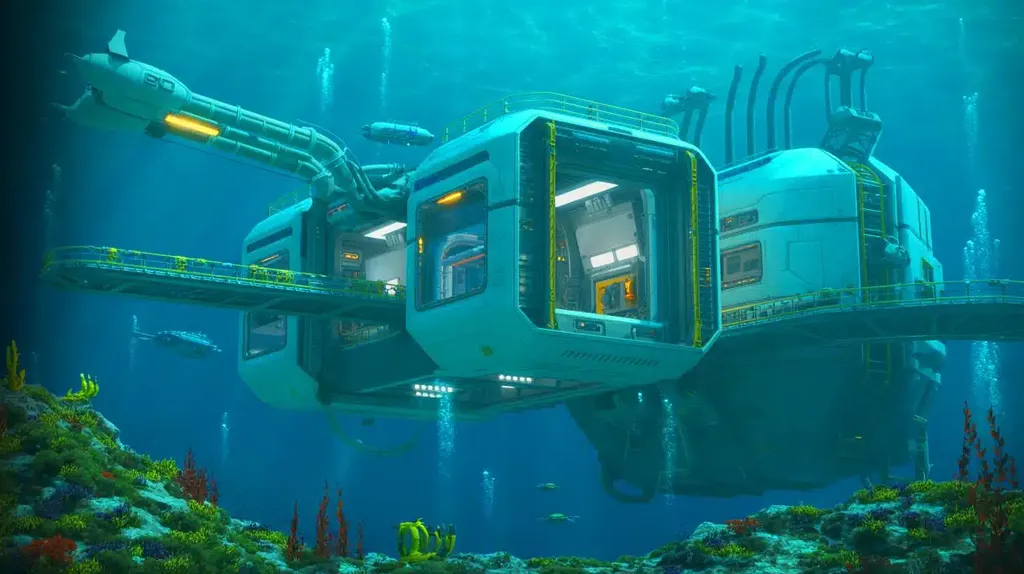Researchers from the University of Science and Technology of China have developed a groundbreaking framework for autonomous underwater navigation, addressing long-standing challenges in underwater robotics. Their work, published in a recent study, introduces UnderwaterVLA, a novel architecture that integrates multimodal foundation models with embodied intelligence systems to enhance the capabilities of autonomous underwater vehicles (AUVs).
Underwater operations have historically been hindered by hydrodynamic disturbances, limited communication bandwidth, and degraded sensing in turbid waters. To tackle these issues, the researchers introduced three key innovations. First, they developed a dual-brain architecture that decouples high-level mission reasoning from low-level reactive control. This design enables robust operation under communication and computational constraints, ensuring that AUVs can function effectively even in challenging environments.
Second, the team applied Vision-Language-Action (VLA) models to underwater robotics for the first time. These models incorporate structured chain-of-thought reasoning, allowing for interpretable decision-making processes. This approach enhances the AUVs’ ability to understand and respond to complex underwater scenarios, making their operations more transparent and reliable.
Third, the researchers implemented a hydrodynamics-informed Model Predictive Control (MPC) scheme. This system compensates for fluid effects in real time without requiring costly task-specific training. By dynamically adjusting to the underwater environment, the MPC scheme ensures that AUVs can navigate efficiently and accurately, even in turbulent conditions.
The experimental results from field tests demonstrated the effectiveness of UnderwaterVLA. The framework reduced navigation errors in degraded visual conditions and improved task completion rates by 19% to 27% compared to baseline models. This significant improvement highlights the potential of UnderwaterVLA to revolutionize autonomous underwater navigation.
One of the most notable aspects of UnderwaterVLA is its scalability and cost-effectiveness. By minimizing reliance on underwater-specific training data, the framework can be adapted to various environments, making it a versatile solution for different underwater applications. This adaptability is crucial for the broader adoption of AUVs in industries such as offshore energy, marine research, and environmental monitoring.
The practical applications of this research are vast. For the marine sector, UnderwaterVLA could enhance the efficiency and reliability of AUVs used in tasks such as underwater inspections, mapping, and maintenance. The framework’s ability to operate effectively in challenging conditions makes it particularly valuable for deep-sea exploration and monitoring of underwater infrastructure.
Moreover, the integration of VLA models and MPC schemes sets a new standard for autonomous underwater navigation. The structured reasoning and real-time adaptability of UnderwaterVLA pave the way for more intelligent and autonomous systems in the marine industry. As technology advances, the framework could be further refined to address even more complex underwater challenges, driving innovation in the field of underwater robotics.
In conclusion, the development of UnderwaterVLA represents a significant leap forward in autonomous underwater navigation. By addressing key challenges in hydrodynamic disturbances, communication constraints, and sensing limitations, this framework offers a scalable and cost-effective solution for enhancing the capabilities of AUVs. The research conducted by the team at the University of Science and Technology of China underscores the potential of advanced technologies to transform the marine sector and beyond. Read the original research paper here.

